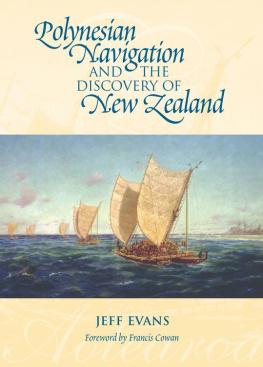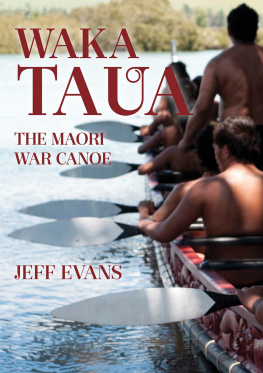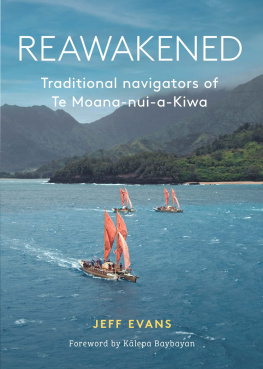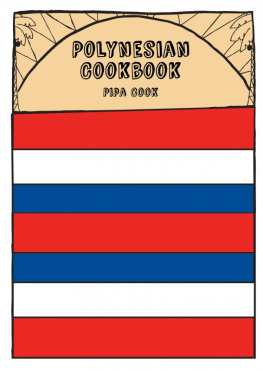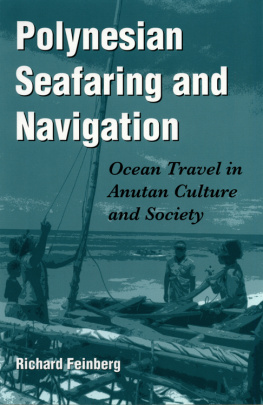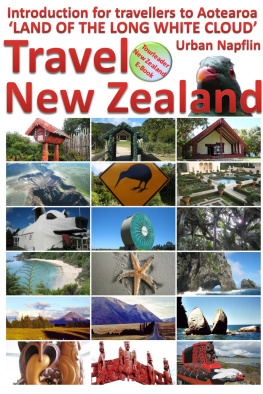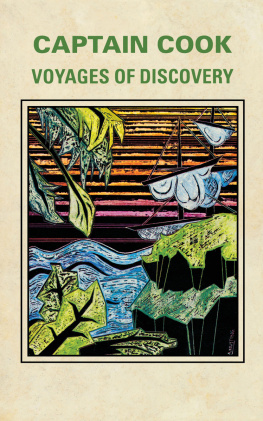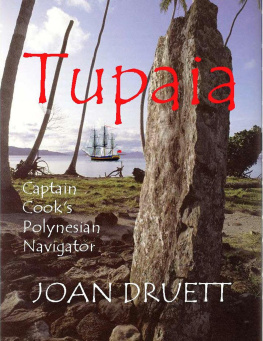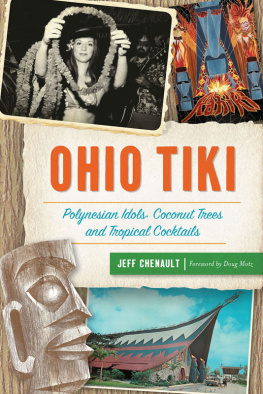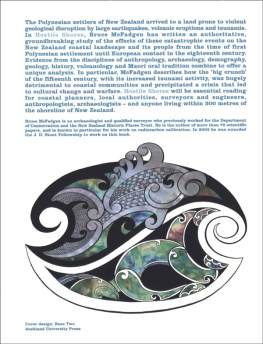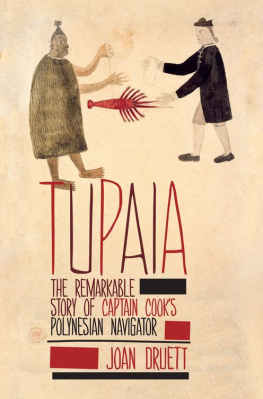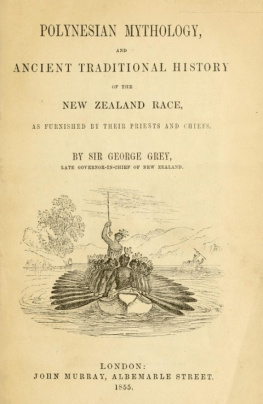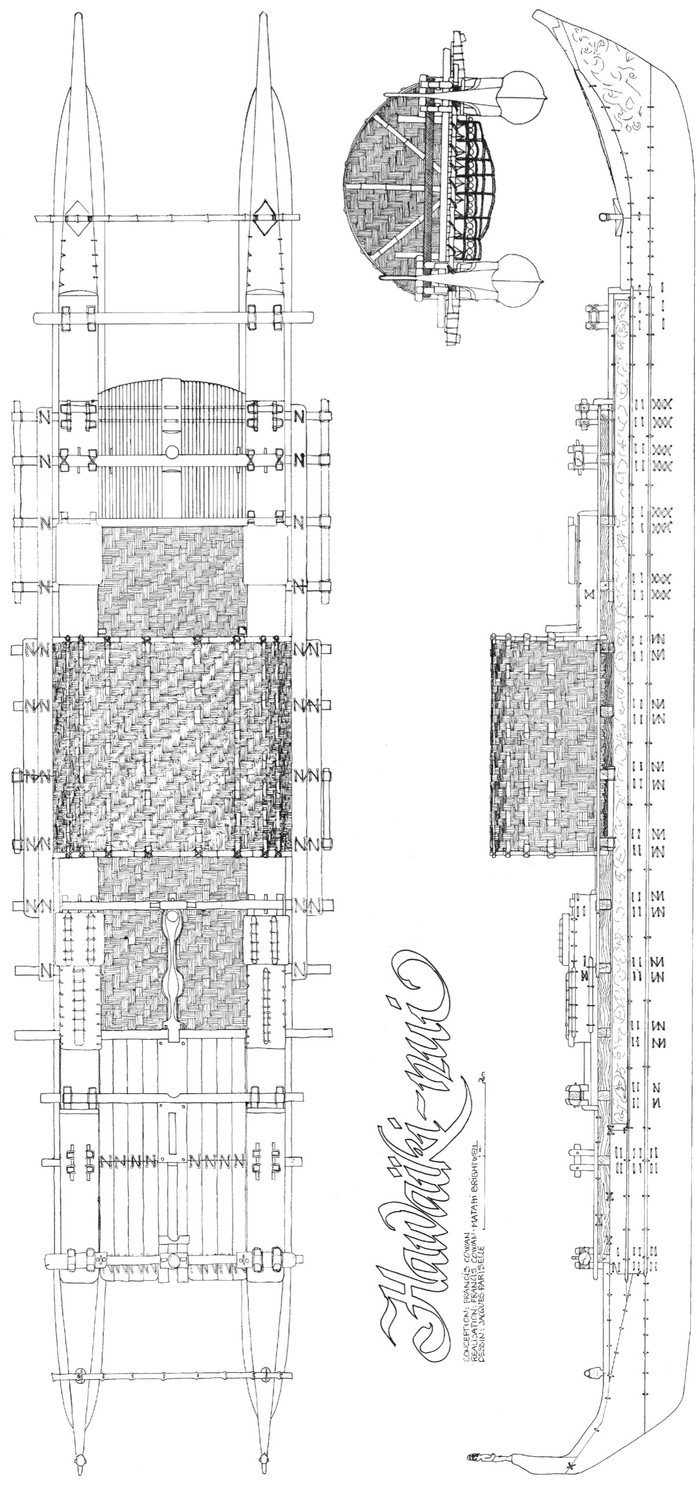I would like to shed some light on traditional Polynesian navigation. Ancient navigation was but dead reckoning, without compass, and integrating the observation of the stars. The sky, when clear, can give a lot of information on numerous destinations but even then, one must have a lot of experience.
The technique of this ancient art was based on a very good knowledge of the movements of the stars and, of course, geography. It is against logic to say geography doesnt come into navigation in todays age, because all the islands of our world are known. There can no longer be voyages of discovery. Today no navigator can escape the fact that he knows where he is sailing to. In fact, before starting on a journey, a navigator must know about his destination and prepare his route according to that knowledge. But there is still an incredible amount of skill involved no less than when our ancestors were sailing hundreds of years ago. Navigators must still have a very good knowledge of the heavens and the sea.
When passing on knowledge about how to navigate from one destination to another, the ancient people taught partly through oral traditions, but mainly through practice. This was necessary because when the sky is covered over with cloud, one has to find clues in the movements of the wind and sea when deciding on the course to sail. This is often too hard to explain verbally.
For those who might be interested, the practice of navigation without instruments is still taught at various islands throughout the Pacific in traditional settings, as well as in the more modern setting of Honolulu, and it is a good thing.
In 1983, I joined in partnership with my son-in-law Matahi Brightwell and the partial sponsorship of OTAC (Tahiti Cultural Centre) to complete the construction of a 22-m double canoe which Matahi had started in New Zealand. The canoe, Hawaiki-nui, was constructed using logs hollowed out with axes and adzes and entirely held together by sennit ropes (woven coconut fibres) and wooden dowels. The hulls were assembled together in the ancient traditional way, and the rigging was held together by manila ropes. No metal fastenings were used, and at that particular time, one could say that it was the only double canoe built by traditional techniques and materials.
Hawaiki-nui was launched in 1984, and in late 1985, after twelve months of trials and refinements, we departed on a voyage from Tahiti to Aotearoa, via Raiatea and Rarotonga. We were to follow the course believed to have been used hundreds of years ago by the ancestors of the Maori during their migration voyages to Aotearoa. That we were able to complete the voyage unaided and relying entirely on Polynesian navigation techniques perhaps goes some way to proving the sailing ability of our ancestors, as well as the durability of their waka.
Our voyage created a lot of interest throughout the Pacific, and a number of projects sprung up building canoes for offshore sailing. This concerted effort was very positive, and it is hoped that other Polynesian islands will also try to follow that path. My only regret is that none of these canoes followed the same traditional construction that was used in Hawaiki-nui.
Francis Cowan, 1998
Francis Cowan is recognised as one of the greatest Polynesian navigators and canoe builders of modern times. He took part in the Tahiti-nui expedition from Tahiti to Chile in the 1950s, and led the Hawaiki-nui expedition that is described in part two of this book.
Firstly I would like to thank Matahi and Raipoia Brightwell for their open and unreserved hospitality during the several trips I made to their Gisborne home. The warmth you both extended to me made these visits a pleasure.
To Francis Cowan, thank you for your input and your patience, and especially for the opportunity to share in your reminiscences. It was an honour I wont forget.
The support and guidance of Peter Janssen and Peter Dowling of Reed Publishing certainly helped keep things running smoothly (and almost to schedule!). Thank you both.
Finally, I couldnt have hoped to complete this book without the support of my wife. Fuli, thank you for always being there.
The discovery of Aotearoa by Polynesian navigators is acknowledged as one of the last great geographical discoveries in the Pacific, if not the world. Sailing into uncharted waters, faced with the possibility of encountering currents and winds that would leave them beyond hope of returning to their homeland, these men possessed the courage to sail for as long as five or six weeks to an unknown destination. Fortunately, they not only discovered a fabulous land, but were able to return to extol the virtues of that land to their kin.
What they found when they finally arrived on the shores of Aotearoa was a land rich in natural resources. Fish and bird life, including the huge moa, was in abundance, and the soil under foot could sustain the root crops that formed such an important part of their daily food intake. Other assets in this wonderful new land included the huge kauri and totara trees that provided incredible amounts of timber for everything from shelter to weapons to canoes, and stone and pounamu (greenstone) suitable for working into the tools needed to shape and form the timber.
Perhaps the most important fact was that this uninhabited island group had room for thousands of people enough room, in fact, for anyone who wanted to leave the homeland and start a new life. Thus, one of the worlds great migrations was about to commence.
This book explores several aspects of the Polynesian discovery of Aotearoa, including aspects of Maori origin, traditional navigation, and the knowledge that has been kept alive over the centuries in karakia, waiata and tradition. It is hoped that it will help the reader to understand this fascinating part of Maori pre-history and to appreciate the incredible skills and courage that belonged to the ancestors of the Maori people.
Starting with an introduction to the peopling of the Pacific, the first chapter looks at the initial thrust into the Pacific from the west along with the subsequent discoveries of Hawaii and Rapa-nui, before suggesting possible determining factors for the exploration down into the cold southern ocean that led to the discovery of Aotearoa.
In the second chapter the homeland of the Maori is discussed, along with many of the theories that have been put forward over the years in an effort to determine its position. Attention is given to the question of whether there was more than one migration, and the possible date or dates for them.
The third chapter offers two versions of the tradition of Kupes discovery of Aotearoa, and a comprehensive list of places visited by him and his crew during their exploration of Aotearoa.
Navigational lore that survives in Maori waiata, karakia and traditions is brought together in the next chapter, along with contemporary knowledge collected from the likes of David Lewis, Nainoa Thompson of Hokulea, and Matahi Brightwell and Francis Cowan of Hawaiki-nui.
The fifth chapter gives a contemporary view of traditional Polynesian navigational knowledge, explaining some of the techniques believed to have been employed by navigators during the ancient voyages to Aotearoa and suggesting how they may have learned this exacting skill.

